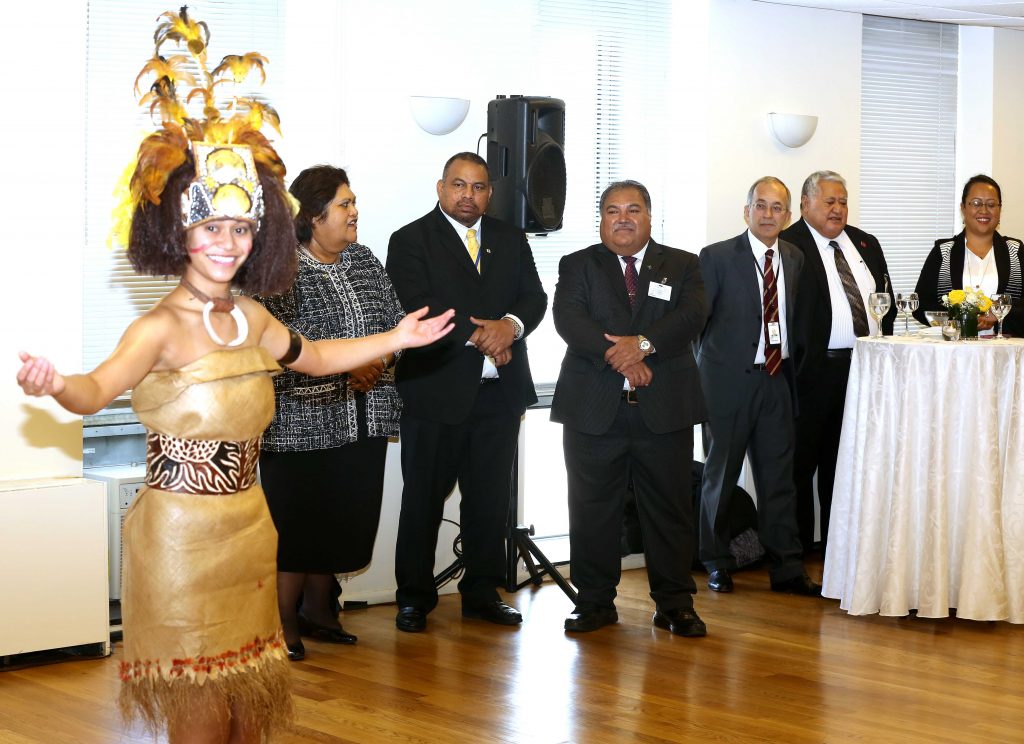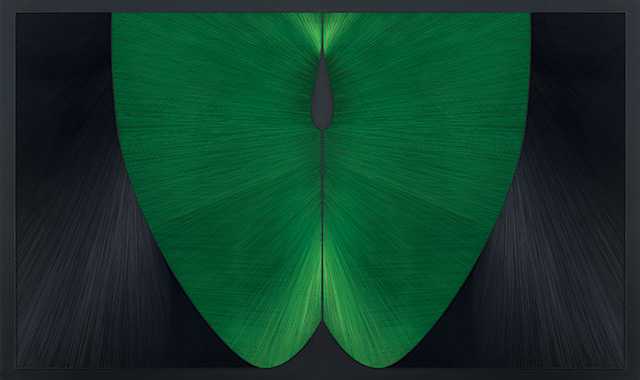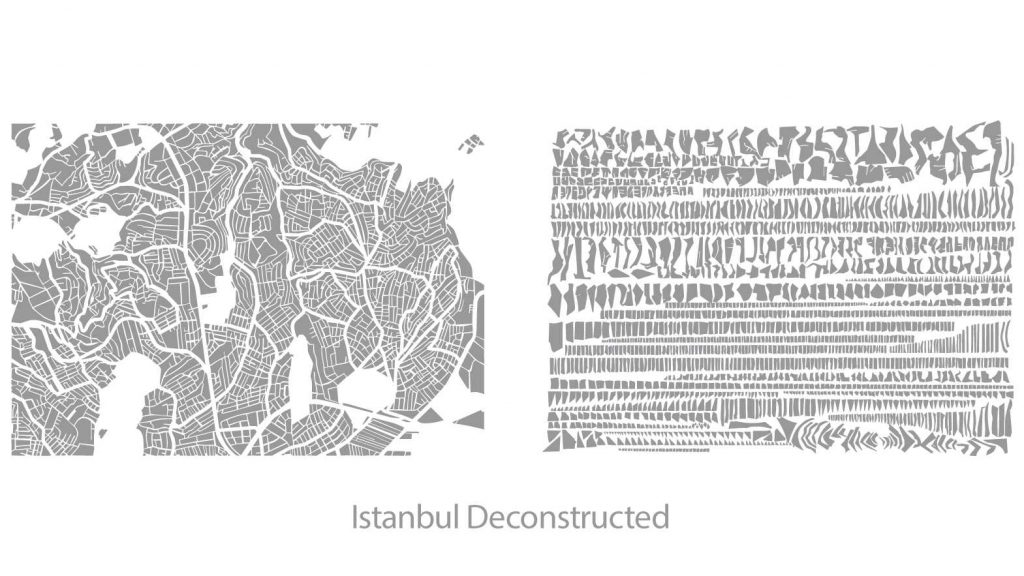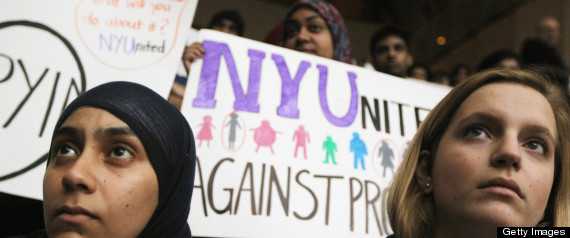
Statement by Ambassador Y. Halit Çevik, Permanent Representative of Turkey to the United Nations during the Meeting of the Preparatory Committee for the Third International Conference on Small Island Developing States
Mr. Chairman,
Today we are faced with pressing global challenges. World population is expected to go over 9 billion by 2050 creating unprecedented pressure on our resources, especially on water, food and energy. Almost one billion human-beings are still undernourished. Environment is getting polluted. Biodiversity has deteriorated like never before and environmental degradation is unfortunately not getting enoughattention. Climate change is posing threat to our wellbeing, even to human existence in some parts of the World.
While the climate threat to the entire planet goes on virtually unchecked, sea level is rising at an alarming rate due to the negative effects of increasing carbondioxide (CO2)concentration in the atmosphere, thereby posing an immediate and real threat to the survival of those peoples and communities who live on small land either by the sea or surrounded by immense ocean masses. The magnitude of the social and humanitarian threat posed by sea level rise far surpasses any economic consideration; loss of homeland and related identity, relocation, changes in ways of life are its real and potentially devastating consequences.
In the first place, Small Island Developing States are confronted with all the adverse effects of the above, not to mention gravely detrimental consequences of the rising sea levels of unprecedented magnitude. If urgent action is not taken, living conditions in these places will get worse eventually leading to disastrous consequences.
We regard the Declaration of Barbados and theProgramme of Action for the Sustainable Development of SIDS, the Mauritius Declaration and the Mauritius Strategy for the Further Implementation of the Programme of Action for the Sustainable Development of SIDS as UN landmark documents and cornerstones for global action.
The outcome document of the Rio+20 UN Conference constitutes a breakthrough development regarding the need to fully address all issues pertaining to the SIDS.
Turkey welcomes the declaration of 2014 as the International Year of Small Island Developing States. We are confident that Samoa will host the Third International Conference on Small Island Developing States (SIDS) in a very successful and able manner in September 2014. We attach great importance to the success of this conference. To that effect, Turkey is pleased to extend its financial support to the host country. We would also like to underline the importance of contributions by the interested member states to the SIDS Third International Conference Trust Fund.
Turkey completely shares all the concerns expressed by the SIDS expressed in international fora. We believe that the post-2015 development agenda should properly address the concerns of the SIDS, and the entire UN membership should approach this process with a pragmatic, constructive and forward-looking perspective. Therefore, no effort should be spared during this Conference in order to produce a new development framework for the SIDS which will also be in line with the post-2015 development agenda.
Turkey is committed to assisting and supporting developing countries in their efforts towards sustainable growth and development. Our interest in the vulnerabilities of SIDS should be seen within the broader context of our foreign policy agenda, as a medium-to-long-term and high-priority objective.
Turkey has become increasingly active in sharing its own development experiences and in contributing to international development cooperation efforts as a whole, especially in the SIDS as well as Landlocked Developing Countries (LLDCs).
With this understanding, we hosted the 4th UN Conference on Least Developed Countries in Istanbul in May 2011, which brought together Governments, parliamentarians, academics, as well as representatives of civil society organizations and the private sector. We also have offered to host the Mid-Term Review Conference of the 4th UN LDC Conference.
Being a developing nation itself, Turkey perceives a special responsibility that our unique location, history and humanitarian tradition bestow upon us to share our development with other nations worldwide. This understanding will guide our continuous engagement with the preparations of the 3rd International Conference on SIDS.
We stand ready to make available the expertise accumulated throughout these processes for the success of development agenda to be designed for the SIDS as well.
In this regard, we also fully support the well-founded request of the SIDS to determine a stand-alone sustainable development goal for oceans in the post-2015 agenda.
Thank you.

In Turkish
New York’taki Türkevi’nde ”Küçük Ada Devletleri Uluslararası Yılı” resepsiyonu
Türkiye’nin BM Daimi Temsilcisi Halit Çevik’in ev sahipliğini yaptığı resepsiyona, Nauru Cumhurbaşkanı Baron Waqa’nın yanı sıra çok sayıda ada devletinin temsilcisi ve üst düzey diplomat katıldı.
NEW YORK (AA) – Gelişmekte olan ”Küçük Ada Devletleri Uluslararası Yılı”nın ilanı nedeniyle New York’taki Türkevi’nde bir resepsiyon verildi.
Ev sahipliğini Türkiye’nin BM Daimi Temsilcisi Büyükelçi Halit Çevik, ada devleti Nauru Daimi Temsilcisi Marlene Moses ve BM Ekonomik ve Sosyal İşler Genel Sekreter Yardımcısı Wu Hongbo’nun yaptığı resepsiyona Nauru Cumhurbaşkanı Baron Waqa’nın yanı sıra Samoa Başbakanı, Barbados ve Morityus Dışişleri Bakanları katıldı.
Resepsiyonda bir konuşma yapan Büyükelçi Halit Çevik, insan hayatı için çevre ve su kaynaklarının önemine değinerek, iklim değişikliğinin tüm insanlığı tehdit ettiğini söyledi. Küresel sorunlara hiç kimsenin gözünü kapatamayacağını vurgulayan Çevik, Türkiye olarak ada devletlerinin gelişmesi için her türlü desteği vermeye hazır olduklarını söyledi.
Çevik, 1-4 Eylül tarihleri arasında Samoa’nın Apia kentinde yapılacak 3. Uluslararası Küçük Ada Devletleri Konferansı Hazırlık Komitesi toplantısının bugün başladığını belirterek, toplantının başarılı geçmesi için çalışmaya devam edeceklerini söyledi.
Nauru Cumhurbaşkanı Baron Waqa ise konuşmasında küresel ısınma ve iklim değişikliği ile mücadelede birlikte hareket etmenin önemine vurgu yaparak, Türkiye’nin ada devletlerine gösterdiği yakın ilgiye teşekkür etti.
Resepsiyonda Türk mutfağından çeşitli örnekler misafirlere ikram edilirken, ada devletlerinden gelen müzik gruplarının sergilediği performanla bazı misafirler dans etti.






